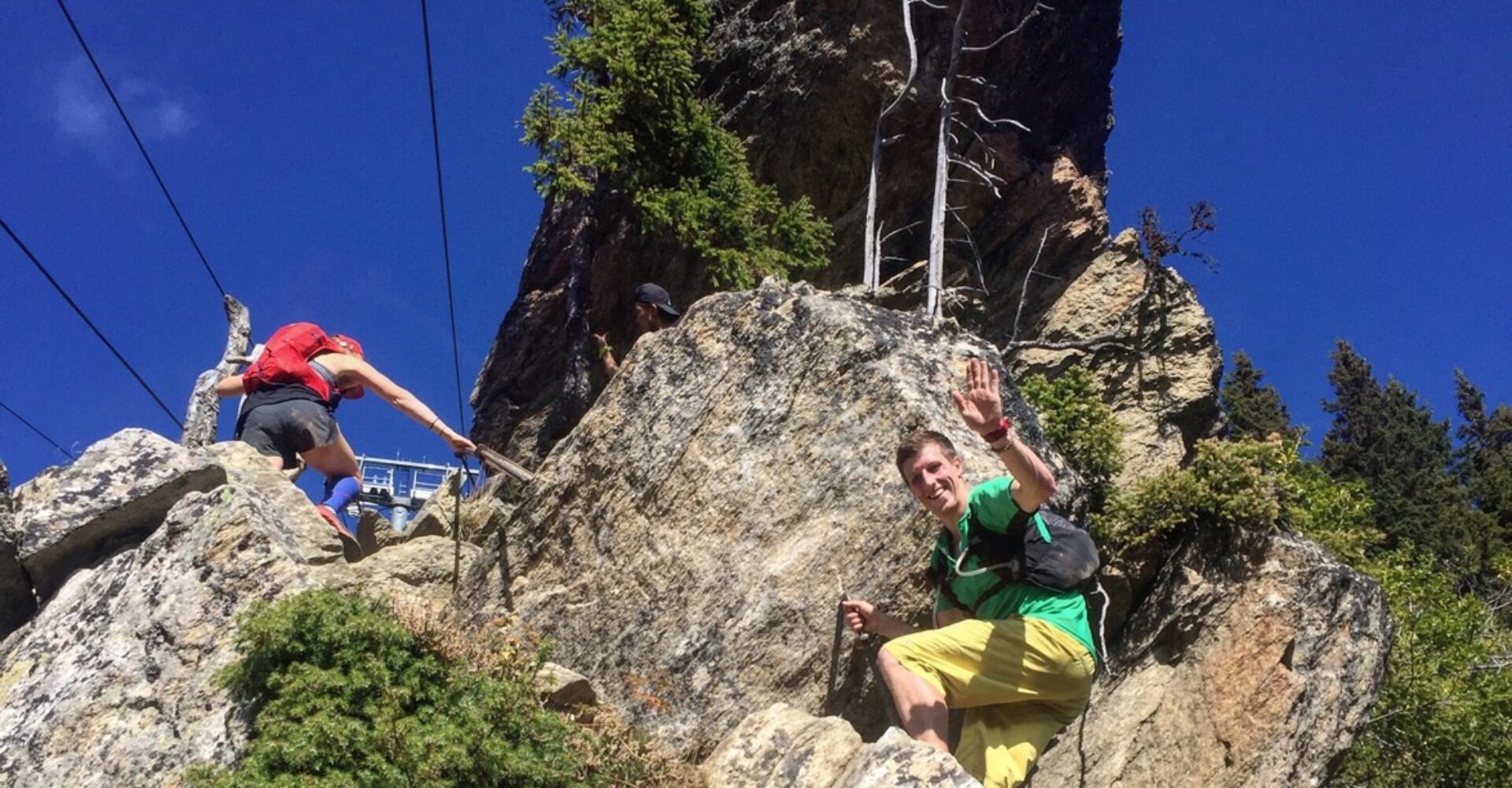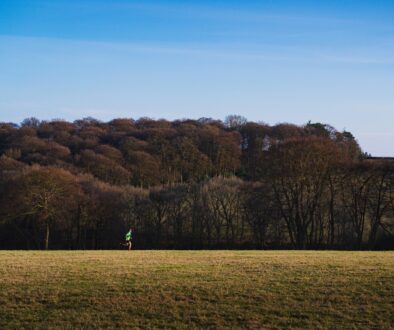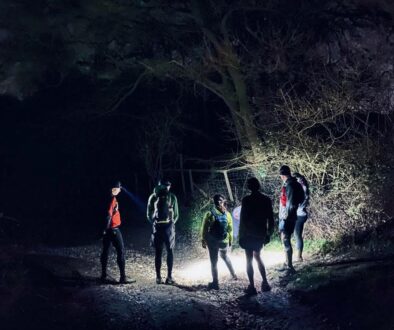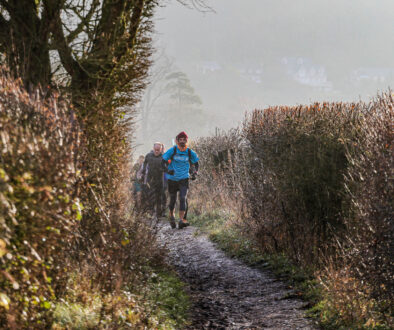What is risk? Do you know how to identify and mitigate risks? Do you feel that you were lucky to get through a situation or perhaps you are living in constant fear. Here we unpack how to manage risk so you can enjoy trail running adventures safely.
The growing popularity of outdoor activities, coupled with the increasing interest in trail running, particularly in the mountains, combined with more frequent extreme weather events, highlights the need for better understanding and managing risks in the outdoors. We hope this article provides insights into assessing, mitigating, and planning for risks, allowing you to make the most of the beautiful outdoors, as opposed to sitting fearfully at home or on the other hand, prevent you blindly walking or running into risky situations. As a result, you will be able to better balance your risk/reward profile and really make the most of your adventures safely.
What is risk?
Risk is the probability someone could be harmed by a specific hazard. While risk is a statistical concept, fear is the perception of that risk, which can sometimes be overestimated or underestimated. Risk is often confused with fear. In our risk-averse society, especially in urban environments, risk is often viewed negatively. However, exposing oneself to danger can be both thrilling and life-affirming. Someone once said that you only start living once you accept you are going to die. In fact, if we all stayed indoors and attempted to avoid the hazards of everyday life, we would indeed increase many other health risks! For anyone who stands atop a mountain or has taken on some outdoor challenge, overcoming fears and risks, will tell you how worth while it was, and how profoundly life affirming and rewarding the experience. So, risks, when measured and weighed up are essential to feeling truly alive!
Risk in the outdoors
The outdoors is fraught with potential dangers or hazards at every turn. The more remote and challenging the environment, the higher the risk. Fear helps keep us in check, but overcoming it brings rewards—moments of happiness, gratitude, and various mental and physical health benefits.
Since risk is the probability of a hazard causing someone harm, we need to be able to identify hazards and also assess their probability of occurring. This is crucial for planning. Remember some hazards may be already familiar to you but others you might not be even aware they exist.
Common outdoor hazards
Here are some common hazards along with some specific examples.
- Weather – sunburn, high winds, rain, snow
- Terrain – trip hazards, rock fall, slippery, consequential fall areas
- Human Factors – heuristic traps such as over confidence, poor skills, group dynamics
- Transport – getting to the adventure
- Wildlife – snakes, deer, rabbit holes
- Navigation – getting lost, going unplanned distances
- Insufficient nutrition and hydration for the adventure
- Water Sources – flooding, drowning, re-routing
Assessing and Identifying Risks
Next time you are running in the countryside, think about what hazards surround you. What is the probability it could happen and the consequence of it happening? Some hazards are almost certain but might have very little consequence (cause almost no harm), like an uneven trail which gives rise to a risk of a trip or a blister, others could be forecast, like the weather, for example strong sunshine which could lead to sunburn and dehydration if left unmitigated.
Two frequently misunderstood risks are weather and heuristic traps. Weather warnings in the UK range from yellow to orange to red, indicating varying levels of risk. Yellow warnings don’t necessarily mean staying indoors; they may signal high impact on a small number of people or low impact on many. Context and detail are vital. In a yellow warning, higher winds than normal are highly probable and indicate a certain level of harm. If you are a planning a trail run, it could mean just altering your route to avoid tree areas if it is going to be windy. It’s why only in extreme circumstances would we ever cancel an event in a yellow warning as there are lots of mitigation strategies, we can put in place to reduce the consequence of this risk. However, a red warning would!
Heuristic traps refer to risks related to human factors; such as a lower perception of risk when you are feeling comforted as part of a group; following someone who is confident, before you have properly assessed their competency; or not identifying that as a group you will likely move slower as decisions may need to be discussed, and abilities will vary. Human factors are important risks to identify and assess.
I often observe runners, delaying putting on warm layers when heading uphill, although already feeling cold they don’t want to put a layer on yet. They will justify this lack of action as they will get cold stopping and it’s also a hassle. This is an immediate red flag, if by stopping you will be getting too cold, you are already not wearing enough clothing! Plus layering up at the top of a hill is the worst place to do so. Preventing risks or their accumulation takes effort and recognising your own heuristic traps requires honest reflection.
Reducing risk
Once you’ve identified the hazards and assessed the risk, good planning and preparation can significantly reduce their consequences and even avoid some altogether. Ensure you have the right gear, stick to paths, and develop skills like map reading. In the Alps, we always recommend using a guide for trail running. Remember it’s ok to turn around and go home, rather pushing forward and trying to ignore the ever increasing chance of being harmed.
Environments and risks change, so you need to make good decisions on the spot. As you gain more outdoor experience, you’ll get better at identifying risks and how to mitigate them. These are dynamic assessments. But like common sense, research has shown that good judgements is a skill that is difficult to learn and does not come with more experience. I’m sure you know of people that still make poor decisions despite for the umpteenth time, and this is probably because they are following their gut or not following a structured decision-making process. (Gut decisions are often the worst decision maker!) It’s why in the outdoors, decision-making trees are often used for incident management, as multiple risks may be at play, and stress, fatigue, and hunger can impair judgment and this is when things go badly wrong.
Responding to risks
When things go wrong, staying calm is crucial. If you love listening to a podcast whilst running, I recommend the Real Survival Stories by NOISE, the common theme of any successful outcome is to STAY CALM! Assess the situation before taking action and develop a plan. Having emergency equipment, such as a first aid kit (even just some blister plasters are better than nothing!), an emergency bivvy bag, extra food and water, and a fully charged phone, will suddenly seem like a really good idea and you’ll be pleased that you had thought of that in your planning stage.
Don’t let risk spoil your fun
Here we join the circle. If you don’t take risks, feel a bit of fear, then you are not putting the foot down hard enough on the accelerator pedal in your life. Obviously if you put the foot down and don’t care where you are going, that’s just reckless! But don’t fear the unknown, educate yourself about it, and then embrace the adventure and all the incredible rewards that come with it! Have fun and stay safe out there…
Written by Simon James



